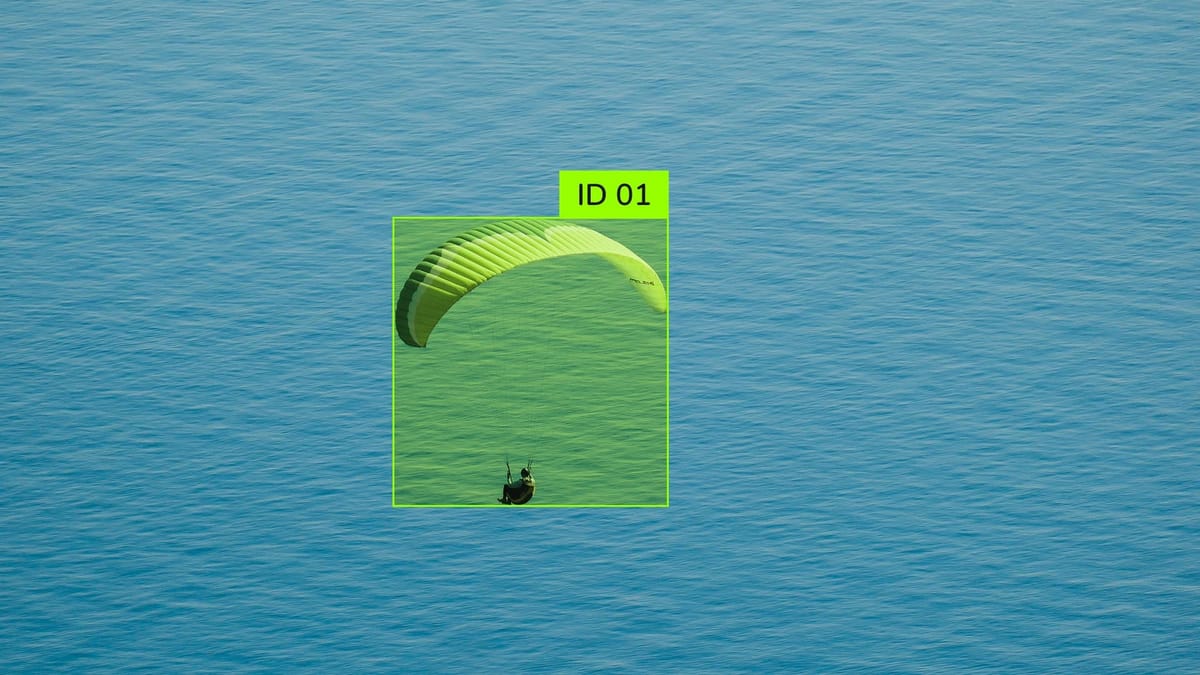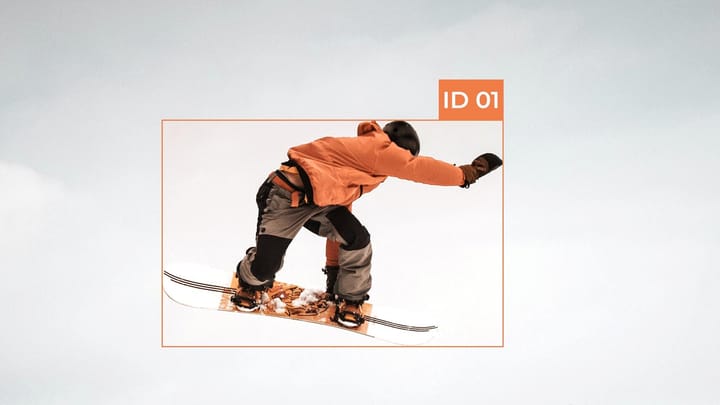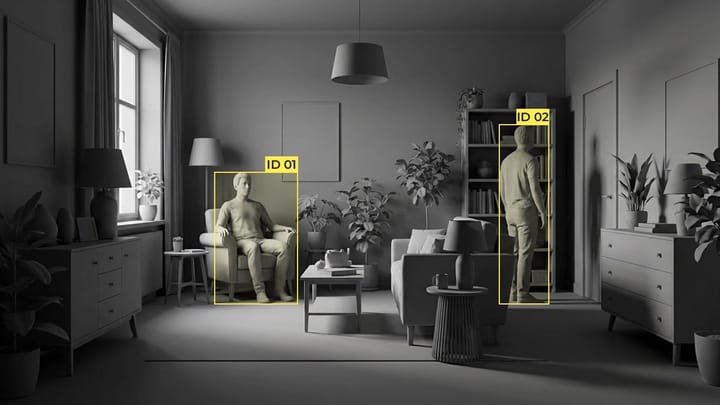Diffusion Models for High-Quality Synthetic Data Creation

In AI, high-quality synthetic data is becoming increasingly essential for training models, especially in image processing and AI art generation. Diffusion models, particularly latent diffusion, are now widely used to create realistic and diverse images, helping researchers and developers overcome the limitations of traditional datasets. Unlike simpler generative approaches, diffusion models offer precise reproduction of details and complex visual structures, making them a key tool for image synthesis across commercial and research applications.
Key Takeaways
- Transform noise into structured outputs through iterative refinement.
- Overcome data scarcity in sensitive fields like healthcare diagnostics.
- Produce privacy-compliant alternatives mirroring authentic distributions.
- Enable precise control across text, image, and audio formats.
- Reduce development costs while maintaining output diversity.
Fundamental Concepts and Terminology
Understanding diffusion models for high-quality synthetic data creation requires familiarity with several core concepts. These terms form the foundation for how these models generate realistic images and why they are effective in image synthesis and AI art generation.
- Diffusion process - a generative approach where data (like images) is progressively corrupted with noise and reconstructed step by step, allowing models to learn complex data distributions.
- Latent space - a compressed, high-dimensional representation of data where the model performs transformations more efficiently, enabling faster and more detailed image generation.
- Noise schedule - a predefined sequence of noise levels applied during the diffusion process that controls how the model learns to denoise and reconstruct images.
- Denoising - the reverse process in diffusion models, where noisy data is gradually transformed back into a coherent and realistic image.
- Conditional generation - a technique where the model generates images based on specific input conditions, such as text prompts, enabling targeted AI art generation.
- Image synthesis - creating new, realistic images from learned patterns in data, often indistinguishable from real images.
- Generative model - an AI model that can produce new data samples by learning the underlying structure of existing data.
- Latent Diffusion Model (LDM) - a diffusion model that operates in latent rather than pixel space, improving efficiency while maintaining high-quality image outputs.
Historical Context and Emerging Trends
Early generative approaches, such as GANs (Generative Adversarial Networks) and VAEs (Variational Autoencoders), laid the groundwork for synthetic image creation, but often struggled with stability and fine detail in complex images. Diffusion models emerged as a solution, offering more controlled and precise generation by learning how to reverse a gradual noising process.
In recent years, latent diffusion has become the standard for efficient high-resolution image synthesis, enabling models to operate in compressed latent spaces without sacrificing detail. This approach has accelerated the growth of AI art generation, allowing artists and developers to create intricate and diverse visuals from text prompts or conditional inputs.
Emerging trends in this space include hybrid models that combine diffusion techniques with transformers for improved contextual understanding, and domain-specific adaptations that tailor synthetic data generation for industries like gaming, virtual reality, and scientific visualization. The focus is increasingly on creating datasets that are not only visually realistic but also highly versatile, supporting both creative applications and robust AI model training.
Understanding the Diffusion Process
The diffusion process is at the core of modern image synthesis, a generative method that transforms random noise into coherent, realistic images. The process can be understood in two main phases: forward diffusion and reverse denoising. In the forward phase, the model gradually adds noise to an image, breaking it into a structured random distribution.
During reverse denoising, the model learns to progressively remove noise, reconstructing the original image step by step. Latent diffusion models perform this process in a compressed latent space, allowing faster computation while preserving high-resolution details. By iteratively refining the image, the model can generate highly realistic visuals supporting practical synthetic data needs and creative AI art generation.
Key aspects of the diffusion process include the noise schedule, which defines how noise is added and removed, and conditional inputs, which allow the model to generate targeted outputs based on text prompts or other constraints.
Forward Phase: Introducing Structured Randomness
The forward phase of diffusion models is about structured randomness, a controlled way of teaching the model the patterns hidden within images. During this phase, the model progressively adds noise to an image, transforming it from a clear visual into a nearly random pattern. This controlled corruption allows the model to learn how features like shapes, textures, and colors are distributed across data, forming the foundation for practical image synthesis.
By carefully defining a noise schedule, the model ensures that information is not lost too quickly, maintaining enough structure for the reverse denoising process to reconstruct the image accurately. This structured randomness is crucial for both AI art generation and practical synthetic data creation, as it allows the model to capture fine-grained details while still being able to generate entirely new variations of images.
Reversal Phase: Precision Reconstruction
The reverse phase of diffusion models transforms noisy data back into coherent, high-quality images, completing the image synthesis process. During this stage, the model gradually removes the noise added in the forward phase, reconstructing the image step by step. Each denoising iteration refines details, textures, and structures, allowing the model to produce realistic and diverse visuals.
In latent diffusion, this reconstruction occurs in a compressed latent space, significantly improving computational efficiency while maintaining fine-grained detail. Conditional inputs, such as text prompts or semantic constraints, guide the model to generate targeted outputs, making this phase crucial for controlled AI art generation and domain-specific synthetic data creation.
Key Components of Diffusion Models
Diffusion models rely on several core components that make high-quality image synthesis possible. These elements work together to ensure the model can efficiently learn from data, manage noise, and produce detailed outputs for AI art generation and practical synthetic data applications. Two of the most critical components are encoder-decoder pairs for compression and conditional systems for guided generation.
Compression Through Encoder-Decoder Pairs
Modern diffusion models often operate in a compressed latent space to handle high-resolution images efficiently. This is achieved using encoder-decoder architectures. The encoder compresses the original image into a smaller, information-dense representation, capturing essential features while reducing computational load. The diffusion process occurs within this latent space, allowing the model to learn and denoise effectively without directly processing every pixel. The decoder reconstructs the high-quality image from the latent representation, preserving details critical for realistic image synthesis and AI art generation.
Guided Generation Through Conditional Systems
Conditional systems can include text prompts, class labels, or other guiding information, enabling the generation of images that meet specific criteria. For instance, in AI art generation, a text description can guide the model in producing a visual scene that matches the prompt. At the same time, in synthetic data applications, conditions can ensure the dataset includes targeted variations or features. This controlled guidance enhances the versatility and usability of diffusion-generated images across creative and technical domains.
Approaches to Synthetic Data Generation Using Diffusion Models
Diffusion models offer versatile strategies for creating high-quality synthetic data. Depending on the application, these models can extend existing datasets, generate entirely new datasets from scratch, or ensure privacy while producing realistic images for training and research.
Extending Existing Datasets
One practical approach is to use diffusion models to expand existing datasets. By introducing controlled variations to original images, the model can generate additional samples that maintain the dataset's statistical properties. This method enhances image synthesis diversity and improves the robustness of AI models without requiring the collection of new real-world data.
Creating Datasets from Scratch and Ensuring Privacy
Diffusion models can also generate completely new datasets from random or conditional inputs. This enables researchers and developers to produce various images for training AI systems, even when no original data is available. Synthetic datasets generated this way can protect privacy, as they do not contain identifiable real-world individuals or sensitive information.
Training Techniques and Customization Methods
Various training techniques and customization strategies are employed to maximize the effectiveness of diffusion models in image synthesis and AI art generation. These approaches allow developers to tailor models to specific tasks, styles, or domains, improving output quality and relevance.
Textual Inversion and LoRA Models
Textual inversion is a technique that enables diffusion models to learn new concepts from a small set of images and associate them with custom text prompts. This allows the model to generate precise visuals without retraining from scratch.
LoRA models (Low-Rank Adaptation) provide a parameter-efficient approach to fine-tuning, allowing diffusion models to adapt to specialized datasets or styles while maintaining computational efficiency.
DreamBooth and Custom Diffusion Strategies
DreamBooth is a method for fine-tuning diffusion models on personalized image sets, capturing unique features or artistic styles for targeted AI art generation. Custom diffusion strategies involve adjusting noise schedules, latent representations, or training objectives to optimize image synthesis for particular use cases. By combining these techniques, developers can create models capable of producing tailored datasets, artistic visuals, or domain-specific synthetic data with high fidelity and consistency.
Speeding Up Diffusion Models and Enhancing Output Quality
While diffusion models deliver impressive results in image synthesis and AI art generation, their iterative nature can make them computationally intensive. Recent advancements focus on accelerating the generation process and improving output fidelity without sacrificing detail or realism.
Revolutionizing Speed With Deterministic Sampling
Deterministic sampling techniques, such as DDIM (Denoising Diffusion Implicit Models), allow diffusion models to generate images using fewer steps while maintaining high quality. Deterministic methods reduce the number of iterations required for denoising by carefully predicting noise removal in each step, effectively speeding up generation. This approach is beneficial in real-time applications, interactive AI art generation, and large-scale synthetic data creation, where efficiency is critical without compromising the realism and diversity of generated images.
Knowledge Transfer Through Progressive Refinement
Progressive refinement leverages pre-trained diffusion models as a base and incrementally fine-tunes them on new data or domains. This method allows the model to "transfer knowledge" from a large, general dataset to specialized tasks, improving generation speed and output quality. By gradually refining details and leveraging learned representations, the model can produce highly realistic images while reducing the need for extensive retraining. This technique also supports adaptive image synthesis, where early drafts can be quickly generated and refined to achieve the final high-quality output.
Summary
Diffusion models represent a significant advancement in generating high-quality synthetic data for research and creative applications. Latent diffusion improves efficiency by performing this process in a compressed space, enabling high-resolution outputs without heavy computational costs.
Across industries and research areas, these models provide a scalable, reliable, and flexible solution for synthetic data creation, enabling high-fidelity visuals, targeted AI art generation, and versatile image synthesis capabilities.
FAQ
What is a diffusion model?
A generative AI model that transforms noise into realistic images, supporting image synthesis and AI art generation.
What is latent diffusion?
A method where the diffusion process occurs in compressed latent space, improving efficiency while preserving detail.
What is the forward phase in diffusion?
Adding structured noise to images to teach the model underlying data patterns for synthetic data creation.
What is the reverse phase?
Step-by-step denoising that reconstructs the image, producing high-quality outputs for AI art generation.
What role do encoder-decoder pairs play?
They compress and reconstruct images efficiently, enabling high-resolution image synthesis without heavy computation.
What is conditional generation?
A system that guides the model with text prompts or labels to produce targeted synthetic data or artistic outputs.
What are Textual Inversion and LoRA used for?
Fine-tuning diffusion models for specific concepts, styles, or datasets while maintaining efficiency.
What is DreamBooth?
A method for personalizing diffusion models to generate images with unique features or artistic styles.
How does deterministic sampling speed up diffusion models?
Reducing the number of denoising steps while preserving image quality enables faster image synthesis.
Why is diffusion-based synthetic data valuable?
It enables scalable, privacy-conscious AI art generation and dataset creation without needing real-world data.



Comments ()